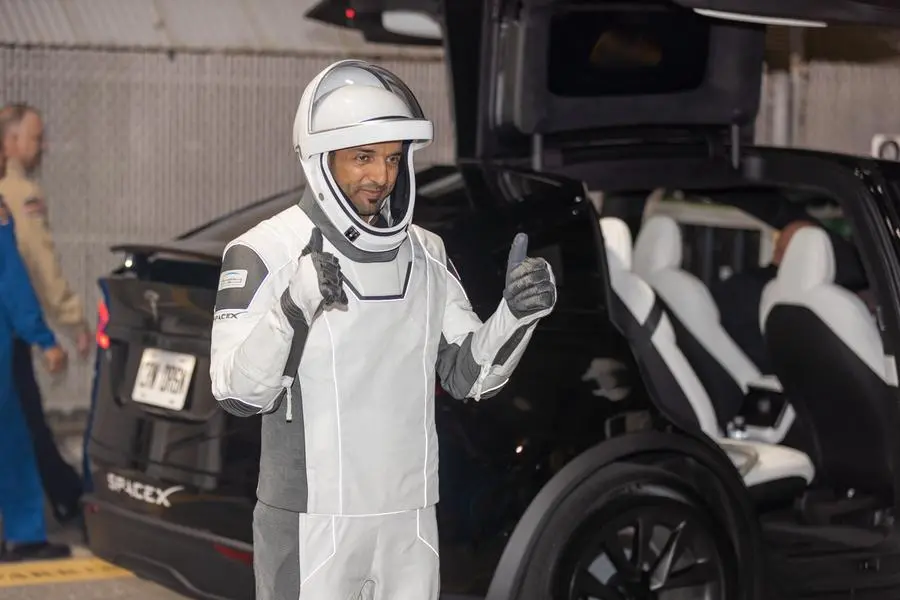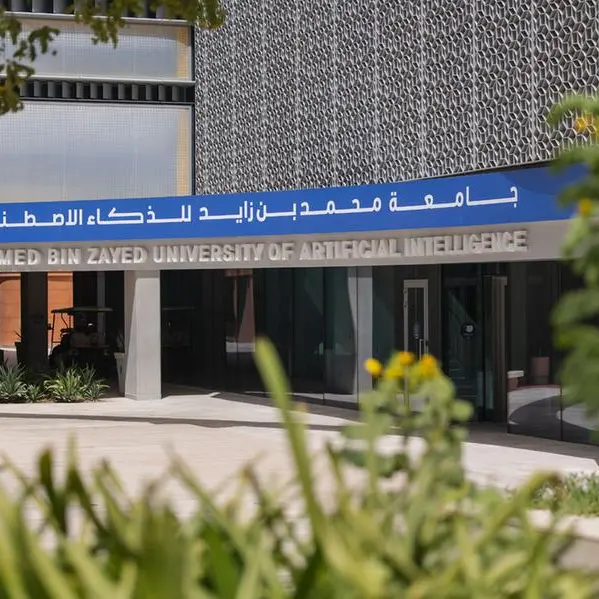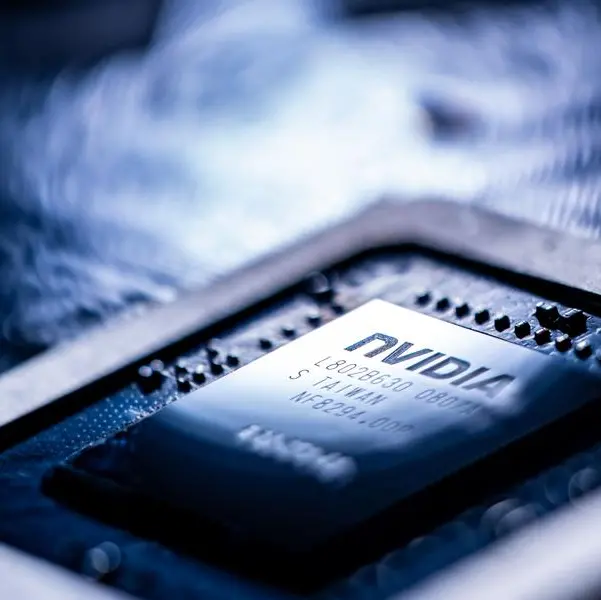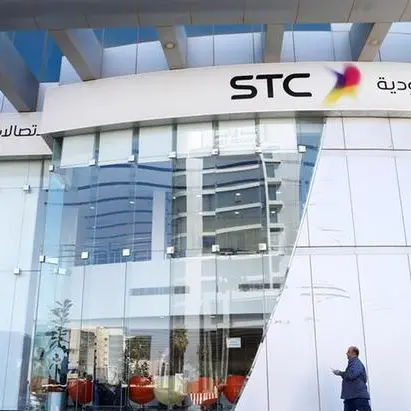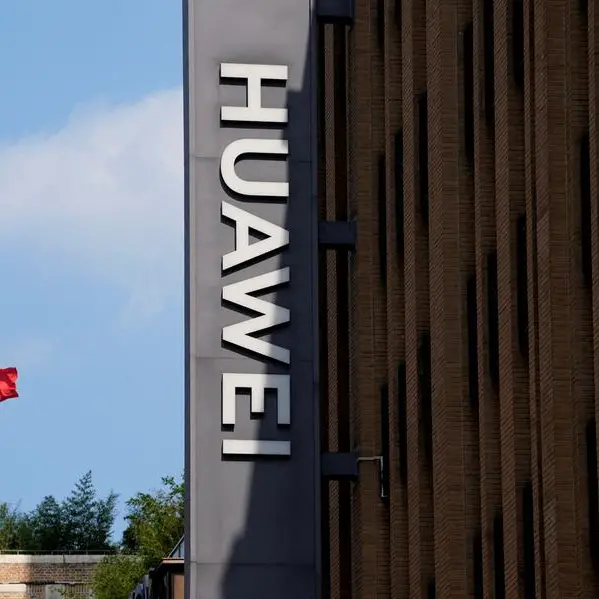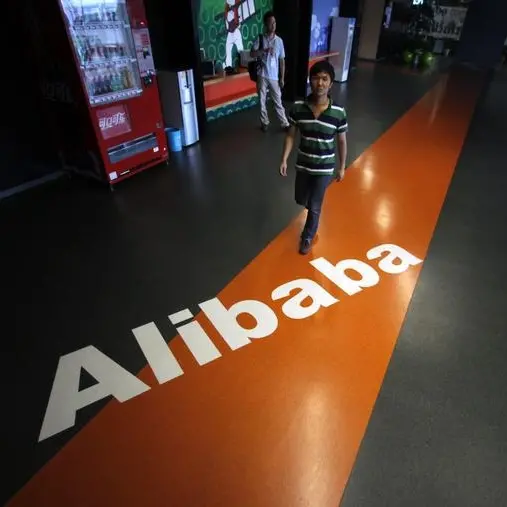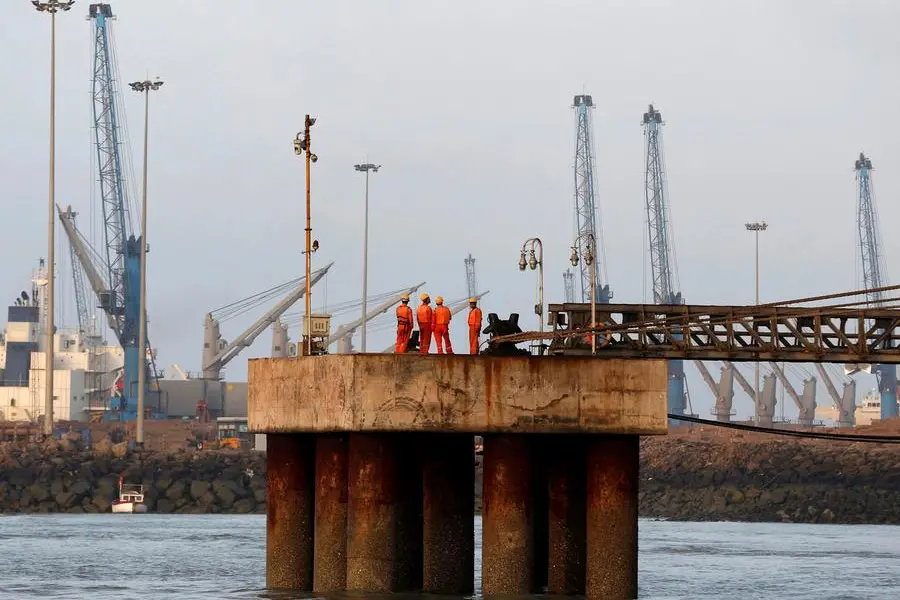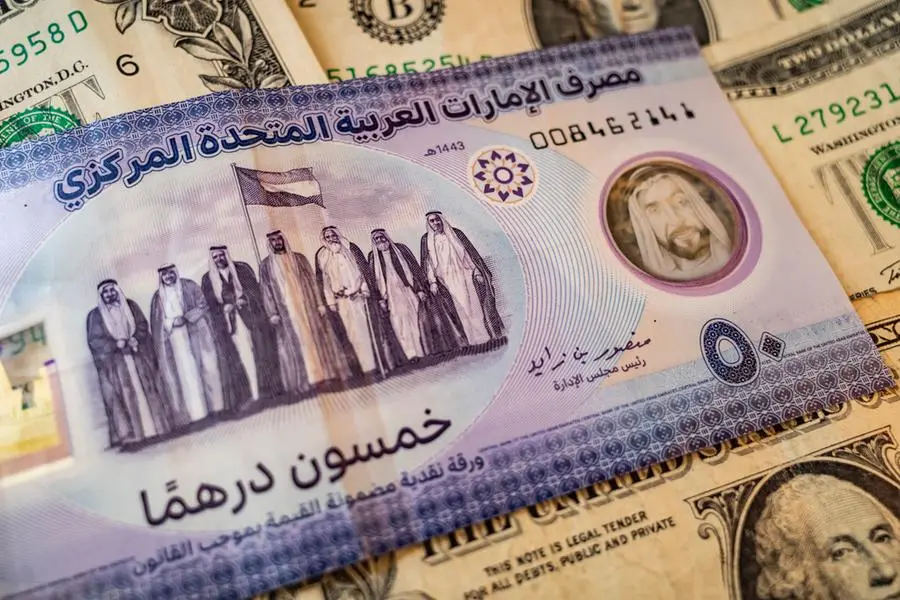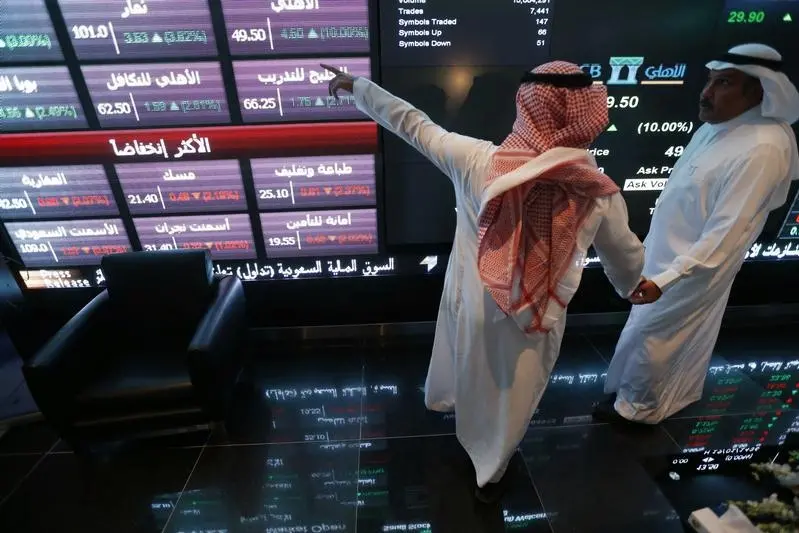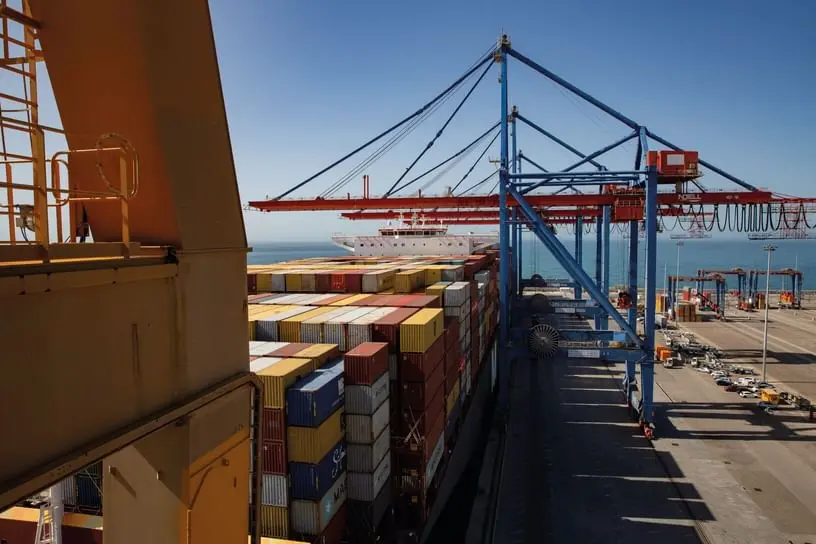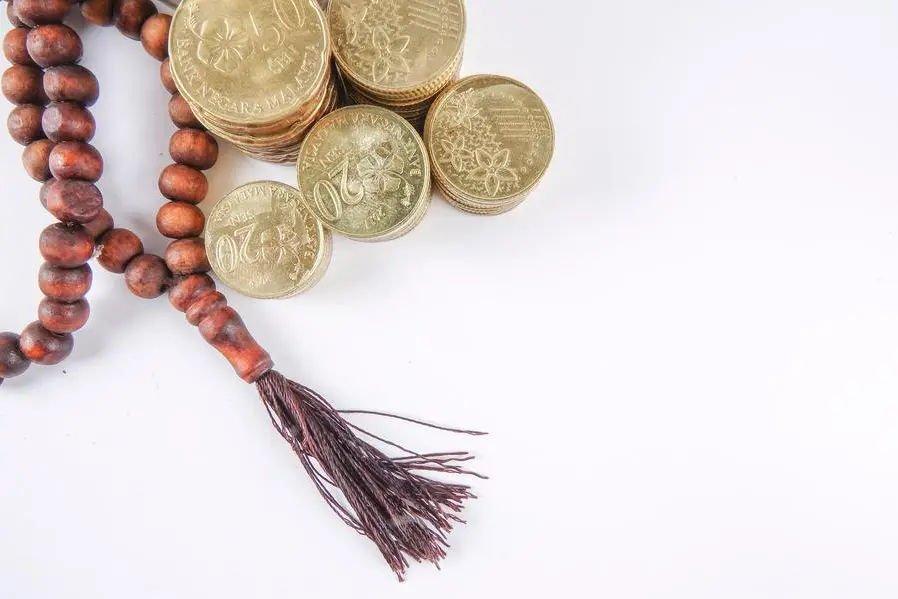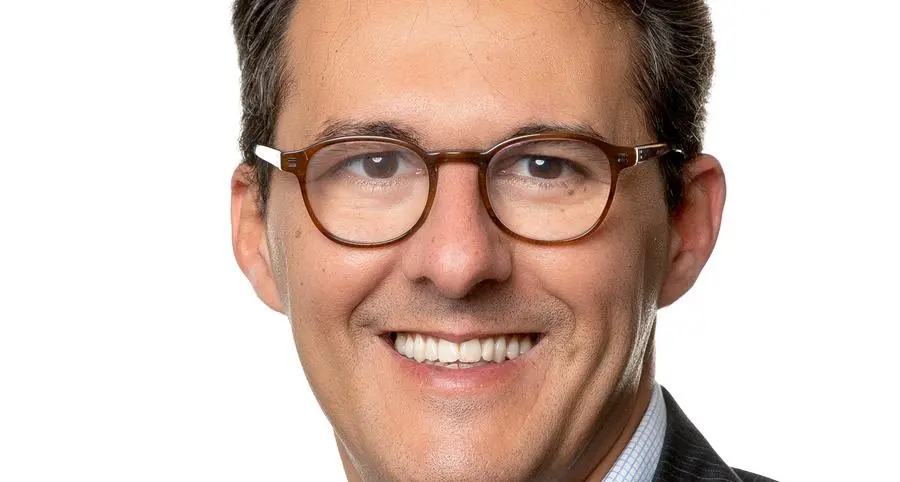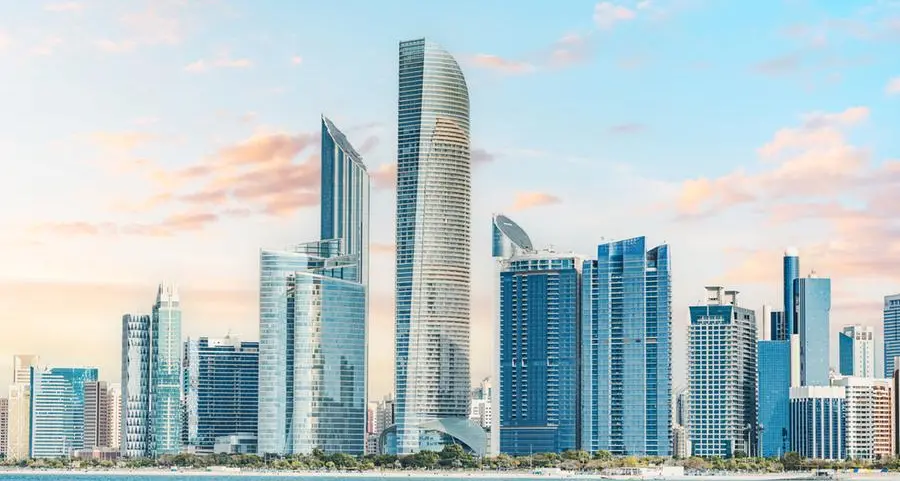PHOTO
Sultan AlNeyadi and his crew have contributed significantly to scientific research by ensuring the safe return of critical research samples from the International Space Station (ISS).
This was announced by the Mohammed Bin Rashid Space Centre (MBRSC) today.
The uncrewed Dragon carrying approximately 1,950 kg of valuable scientific experiments and other cargo back to Earth, splashed down just off the coast of Tampa, Florida in the US on Sunday, as part of its 27th cargo resupply mission.
The spacecraft plays a crucial role in provisioning missions to the ISS, and the successful return of scientific experiments along with other cargo back to our planet, which is a significant milestone in space exploration.
AlNeyadi, who arrived on the station on March 3 for a six-month mission, has been working on scientific experiments on the orbiting laboratory since then. He completed the stowage of critical research samples along with his Expedition 69 crew members that include Nasa’s Flight Engineers Stephen Bowen, Woody Hoburg and Frank Rubio.
He also accessed the Minus Eighty-Degree Laboratory Freezer (MELFI) on the ISS, that can reach temperatures as low as -100°C, to preserve some samples before sending them to Earth and was also involved in loading the used station hardware inside the Dragon spacecraft.
Some of the scientific investigations that were returned to Earth include, space tomato harvest that studies the growth, nutritional value, and microbial safety of dwarf tomatoes grown in a miniature greenhouse aboard the ISS, which could improve food systems and horticultural therapy on Earth.
It also involves growing higher quality crystals. This entails testing a crystal growth method for silicon-germanium (SiGe) semiconductors in space, with potential applications in solar cells and electronics.
Monitoring arterial changes in astronauts to identify cardiovascular risks and provide insight for prevention and treatment of arterial stiffness on Earth is another research element undertaken by Al Neyadi. Additionally, investigating burning and flammability in microgravity to enhance fire safety for future space missions, and improve combustion models for terrestrial applications was also part of the investigations.
AlNeyadi also activated the Dragon spacecraft’s monitoring tools and software and closed the vehicle’s hatch before it undocked from the ISS. After splashing down off the coast of Florida, the Dragon cargo carrying the experiments were transported to Nasa’s Space Station Processing Facility at the Kennedy Space Center in Florida, allowing researchers to collect data with minimal sample exposure to Earth’s gravity. The completed research and discarded lab gear will now be sent to scientists and engineers around the world for analysis.
Copyright © 2022 Khaleej Times. All Rights Reserved. Provided by SyndiGate Media Inc. (Syndigate.info).
